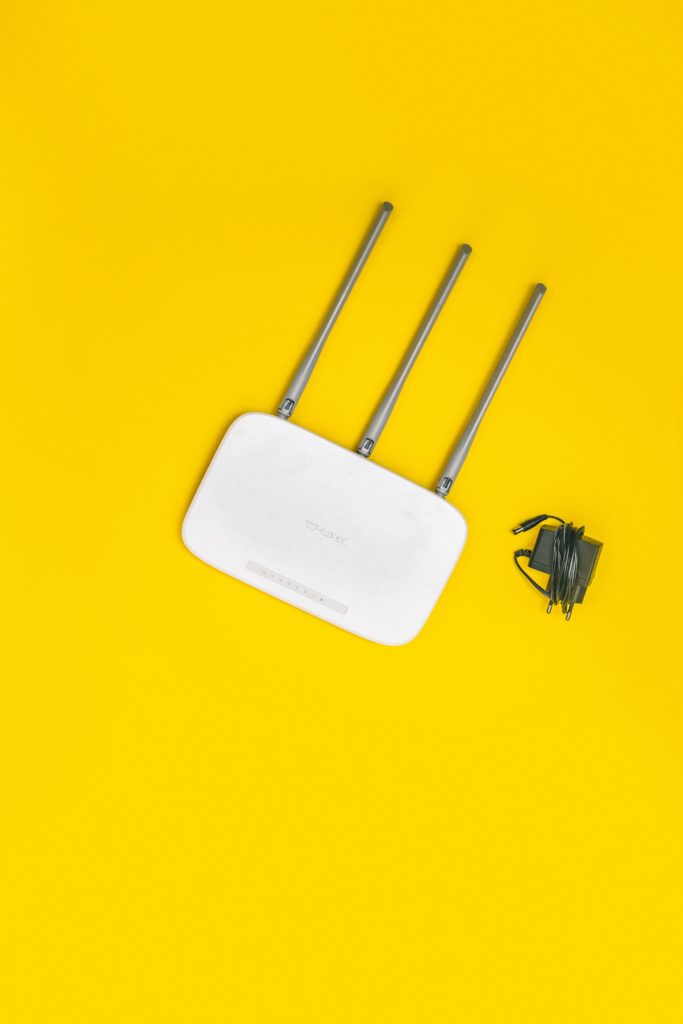Defective wiring or flimsy wires are some of the most common issues with the TP-Link Smart Switch. Most likely, this problem will arise if the smart switch was manually placed. You might have connected to the incorrect cable. Look for any indication that the cables are not firmly and securely connected. This can trigger a circuit breaker for a device. To get around these issues, TP-Link outfits the smart switches with color-coded wires that distinguish between live, neutral, and ground lines. Additionally, they have wire coverings that can be utilized to protect the connections. Avoid installing the device yourself if you are not familiar with electrical wiring and connections; instead, contact a licensed electrician.
TP-Link Smart Switches sometimes have WiFi connection issues.
If your device is configured properly, the TP-Link switch’s WiFi Lighting will show this. The light will be steady and brilliant green if it is connected to your local network. Your device has to be reconnected to the Home network if it is blinking amber and green, indicating that it has been disconnected. Restart the smart application’s installation procedure and try to establish a connection to the Internet. A weak connection is being received by your TP-Link smart switch if something isn’t working. If this isn’t feasible, think about moving your router reasonably close to the smart switch or setting up a WiFi extension. It’s important to keep in mind that TP-Link smart switches can only communicate with one another via a WiFi cable network operating at 2. 4 GHz.
To prevent overload when connecting your smart switch, you might want to consider using an alternative WiFi network channel.
One possible explanation for why the smart switch cannot connect to the network is that there is too much equipment connected to a single channel, which might slow down network capacity.
If the smart switch is still having trouble connecting to the internet after attempting these fixes, try rebooting your router.
Factory Reset to Troubleshoot your TP-Link Smart Switch.
The results of performing a soft reset and the factory reset procedure for the TP-Link smart switch are very comparable. The WiFi LED will soon become amber and green if you press the reset button for ten seconds as opposed to only five. This demonstrates that your smart switch’s factory default settings have been reinstated. When the device is factory reset, all earlier choices and customizations are lost. As a result, the TP-Link smart switch is now a completely new device that requires installation and configuration from scratch.
Reset Manually
You could also attempt the TP-Link smart switch troubleshooting methods described below:
The reset and restart controls are accessible by removing the smart switch’s front panel. Both controls are located close to the main power switch. On the left side will be the reset button, and on the right side will be the restart button. The device’s restart button should be clicked. Try holding the reset button down for a few minutes to reset your smart switch. The WiFi indicator will keep flashing alternately in amber and green. By doing this, you can confirm that your smart switch has been reset and is now operational. However, this is a gentle reset rather than a factory reset, so any customizations and settings on the device will remain untouched. In all circumstances, a reset or reboot removes any frozen or broken script from the software that the device is now running.
Steps to take if Manual Reset Fails
Ensure that power is restored to the Smart Switch at the circuit breaker if you are pressing the mechanical switch and the Smart Switch isn’t responding as expected. Verify the Smart Switch’s connections. A skilled electrician should always be consulted for advice.
Instances where the Smart Switch does not comply with commands
Check the condition of your network. Look for amber and green flashing on the Smart Switch’s WiFi status LED. If so, use the Smart Switch to connect to your WiFi network. On the router, click the restart button just below the Smart Switch. To completely reset the Smart Switch, tap and hold the reset button. The Smart Switch will require a complete reset.
Conclusion
You can fix any technical issue with the TP-Link smart switches using the mentioned methods. Fortunately, by restarting both the router and the device, the problem can be fixed. If none of the aforementioned tips works, get in touch with your TP-Link customer service for support.
What do I need to do if my Smart Switch won’t respond to speech automation?
Make sure your smart switch is still linked to a network, check the Wi-Fi signal’s strength, and then hit restart to reboot it. Then, take anything out of the way that could interfere with electricity, reset, and reconfigure the switch.
What should I do if I can’t turn off my Smart Switch manually?
To make sure the Smart Switch is receiving enough power, check the circuit breaker.
